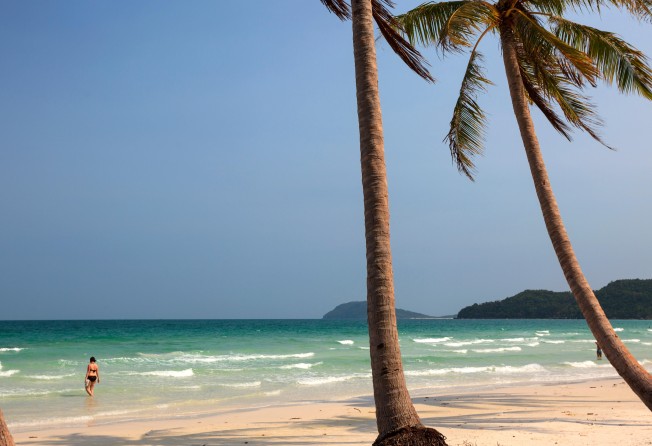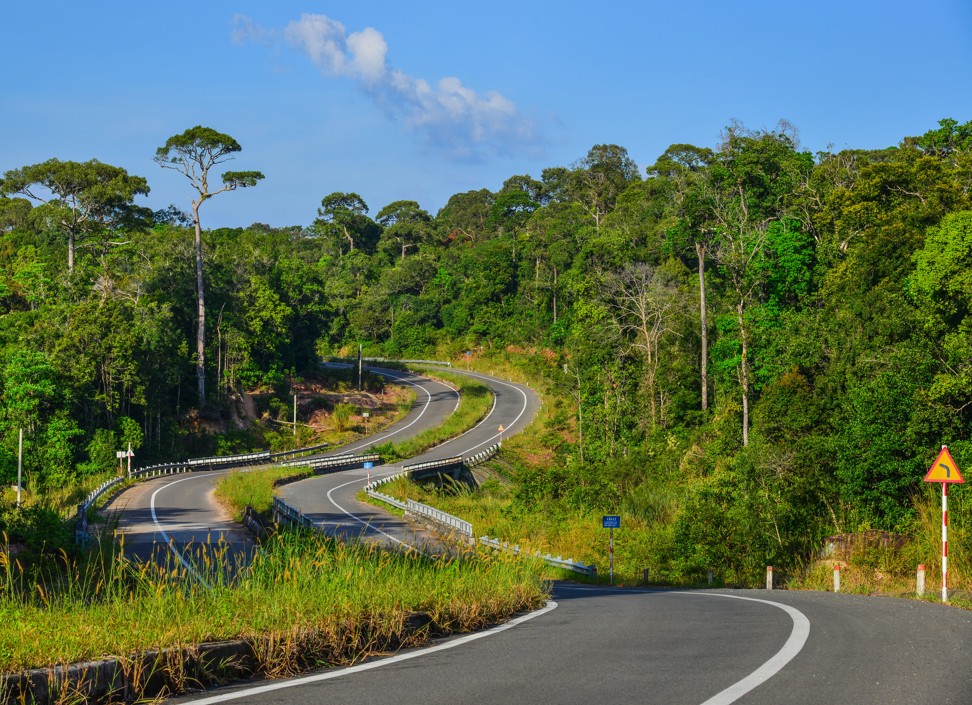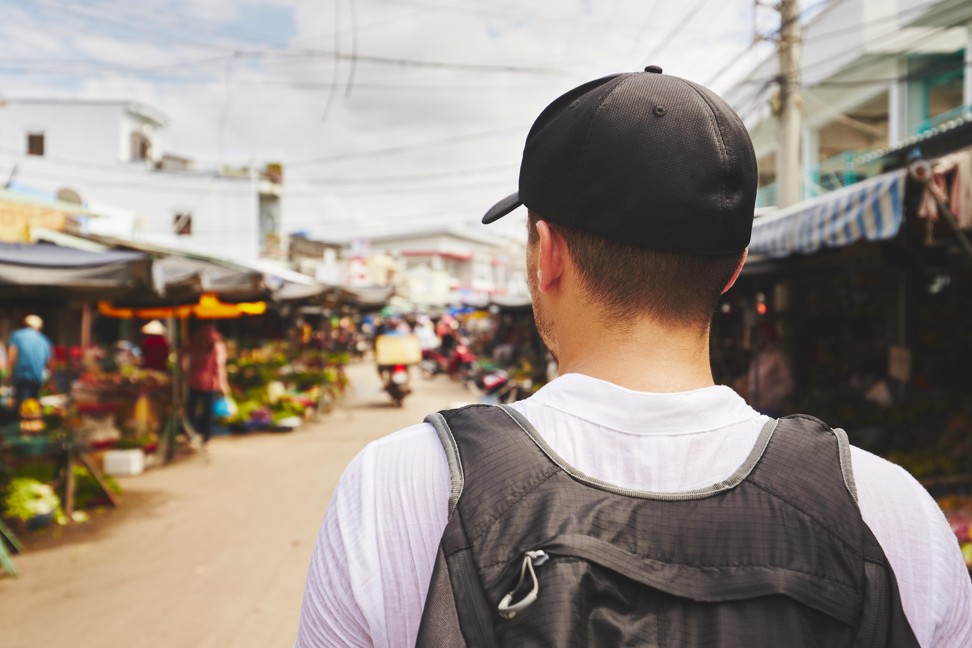
One of Asia’s best-kept secrets is a tropical island getaway – go before the rest do
Phu Quoc in Vietnam boasts powder white beaches, evergreen forests, and stunning national parks. Backpackers got there first, and luxury hotels have followed

A rugged place once visited only by backpackers on the Southeast Asia circuit, Phu Quoc in Vietnam is the hottest tropical island in the region to visit.
“Phu Quoc is one of Asia’s best-kept secrets, and one of Vietnam’s most idyllic island destinations,” says Piero Bellizzi, general manager at InterContinental Phu Quoc Long Beach, one of the latest five-star properties to welcome guests to the island.
Beaches with powder white sands fringe Phu Quoc, sparkling waters that are home to a rich collection of marine life and coral reefs lap the coast, and evergreen forests, thick jungle and protected national parks cover half the island.
“Phu Quoc is the fastest growing tourism market in Vietnam,” adds Bellizzi. “The island is on the fast track to becoming Vietnam’s top tourism destination in the coming years.”
Evidence of its growing popularity can be seen in the rapid development of recent years. According to Vietnam National Administration of Tourism, just 1,500 rooms dotted the island in 2014. This figure rose to 10,000 by the end of 2017, with the island welcoming 1.96 million visitors last year – a 35 per cent year-on-year increase.

Plans have been put in place to truly tap Phu Quoc’s potential, with the government recently revising its master plan to transform the island into one of Vietnam’s main tourism hubs, full of offerings ranging from intimate eco-accommodation through to huge integrated resorts by 2030.
“We have seen multiple hotel openings as well tourist attractions over previous months,” says Ty Collins, general manager of the JW Marriott Phu Quoc Emerald Bay, which opened at the end of last year. “And this has contributed to putting Phu Quoc on the map as one of the hottest destinations in the world.”

Long Beach – a 20km (12 miles) stretch of sand on the central western coast of the 574-kilometre-square (221-square-mile) island – is where the main action lies. Dotted with accommodation ranging from boutique hotels through to five-star resorts, the palm-fringed shores fill up quickly throughout the day, with the bars and restaurants that line the sand popular spots for sunset.
However, with Phu Quoc’s rampant development destined to reshape the island during the next decade, there are fears that what makes it so special may be destroyed and its inhabitants displaced.
“It’s clear travel here is on the rise and with this increase in tourists comes growth in the services targeting them,” says Atilla Mesut Erda, chief operating officer at Fusion Phu Quoc, the island’s only all-inclusive spa resort.
We have seen multiple hotel openings as well tourist attractions over previous months
“Mega-resorts, casinos and cable cars are all likely to succeed in the short term, but it’s important there’s a balance for it to be sustainable. If the natural scenery is destroyed or tarnished, or those authentic ‘only in Vietnam’ experiences are taken away, then the plan may fail.”
While the island is earmarked for mass development, for now at least, escaping the crowds remains easy, and tourism is yet to hit large parts of the north and east coasts. The best way to explore is to hire a motorbike and hit the dirt tracks that snake through these raw parts of Phu Quoc.
Alternatively, there are guided tours that offer an intriguing insight into island life. These take in exploring pearl farms, learning about the rare flora and fauna that live in Phu Quoc National Park, including wolves, white monkeys and pileated gibbons, and discovering its network of waterways by kayak.
With the island renowned for its fish sauce, and many of its 103,000 residents relying on fishing for income, learning from an islander how to land a ripe haul is a must-try activity. There are fishing trips offered throughout the day; however, it’s at night when the magic happens. Visitors can join fishermen as they seek out prime spots in the ocean, throw their anchor overboard, switch on neon lights to attract dinner and start catching the squid and other fish lured in.
Those wanting to learn more about the island’s history should visit Coconut Tree Prison. Also known as Phu Quoc Prison, it was built by French colonialists for Vietnamese prisoners. In 1967, it was used by the US-backed South Vietnamese government to incarcerate Viet Cong fighters. It housed more than 32,000 political prisoners.

The waters that surround Phu Quoc and 27 nearby islands make it a prime spot for snorkelling and scuba diving. Colourful nudibranchs – a type of mollusc – and hermit crabs move across the seabed, and mantis shrimps and schools of fusiliers dart around.

Getting there: The easiest way is to fly to Phu Quoc International Airport, via Ho Chi Minh City. Alternatively, ferries run from Ha Tien for US$27.
When to go: Phu Quoc enjoys a tropical climate, with high season running from November until March when the sun shines all day long and temperatures average 30 degrees Celsius (86 degrees Fahrenheit).
April to June is sticky and hot, while the rainy season runs from July to September. The rains tend to have faded by October but with most tourists yet to land, this a great time to visit Phu Quoc.